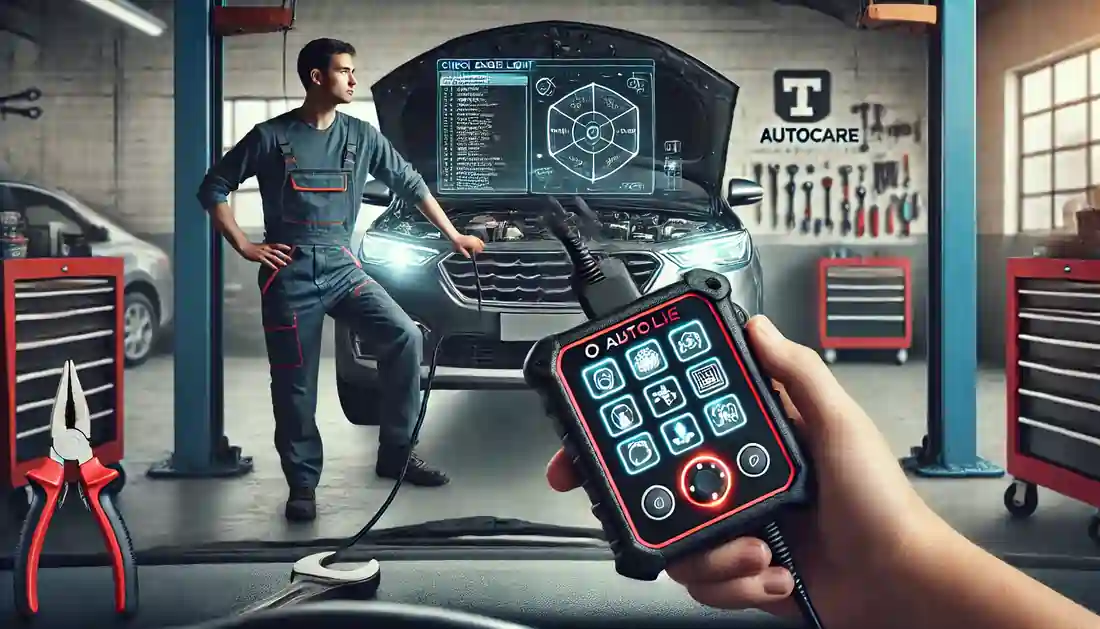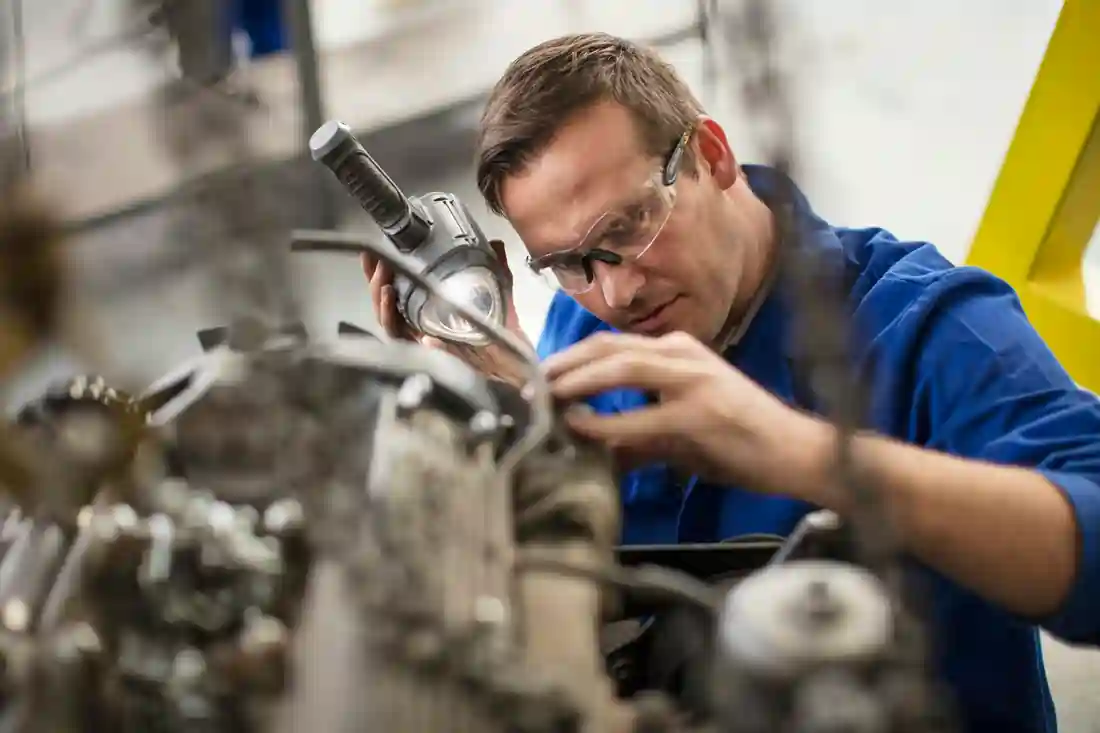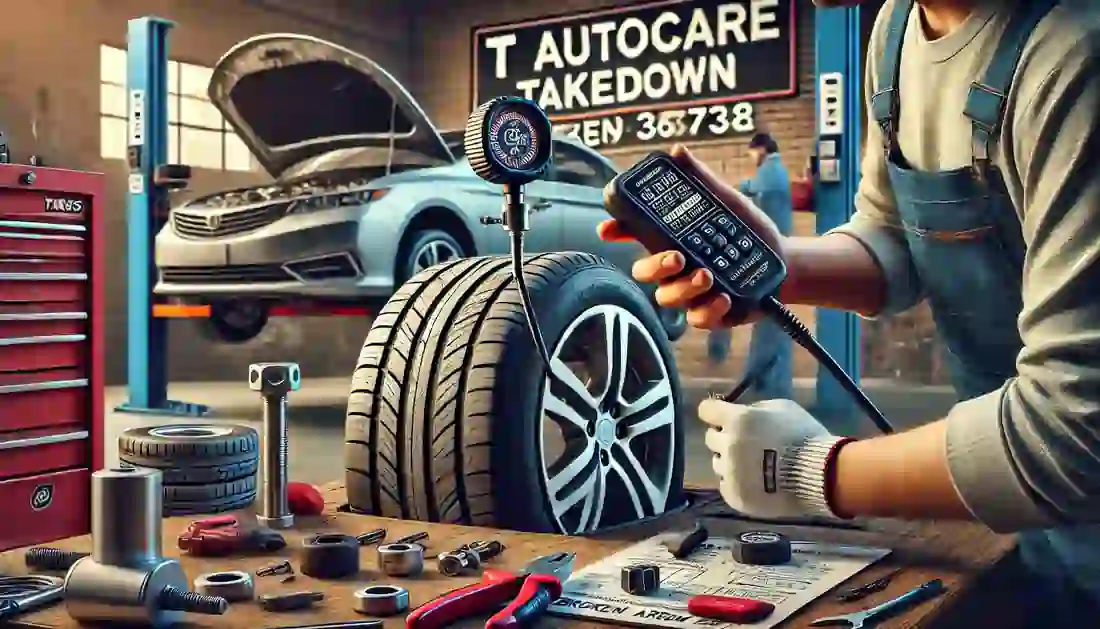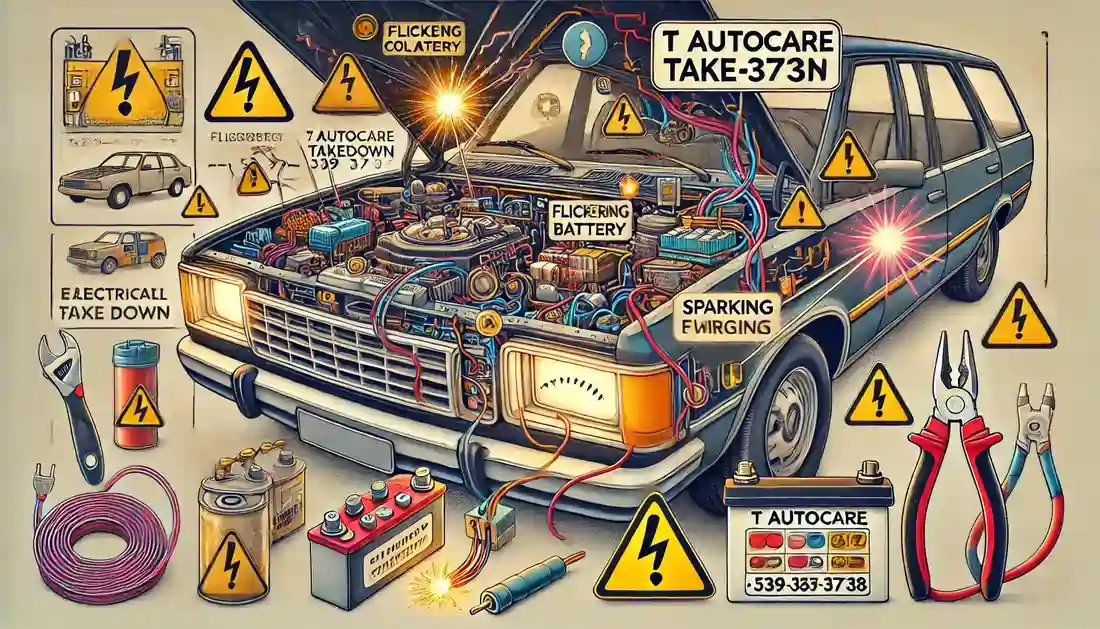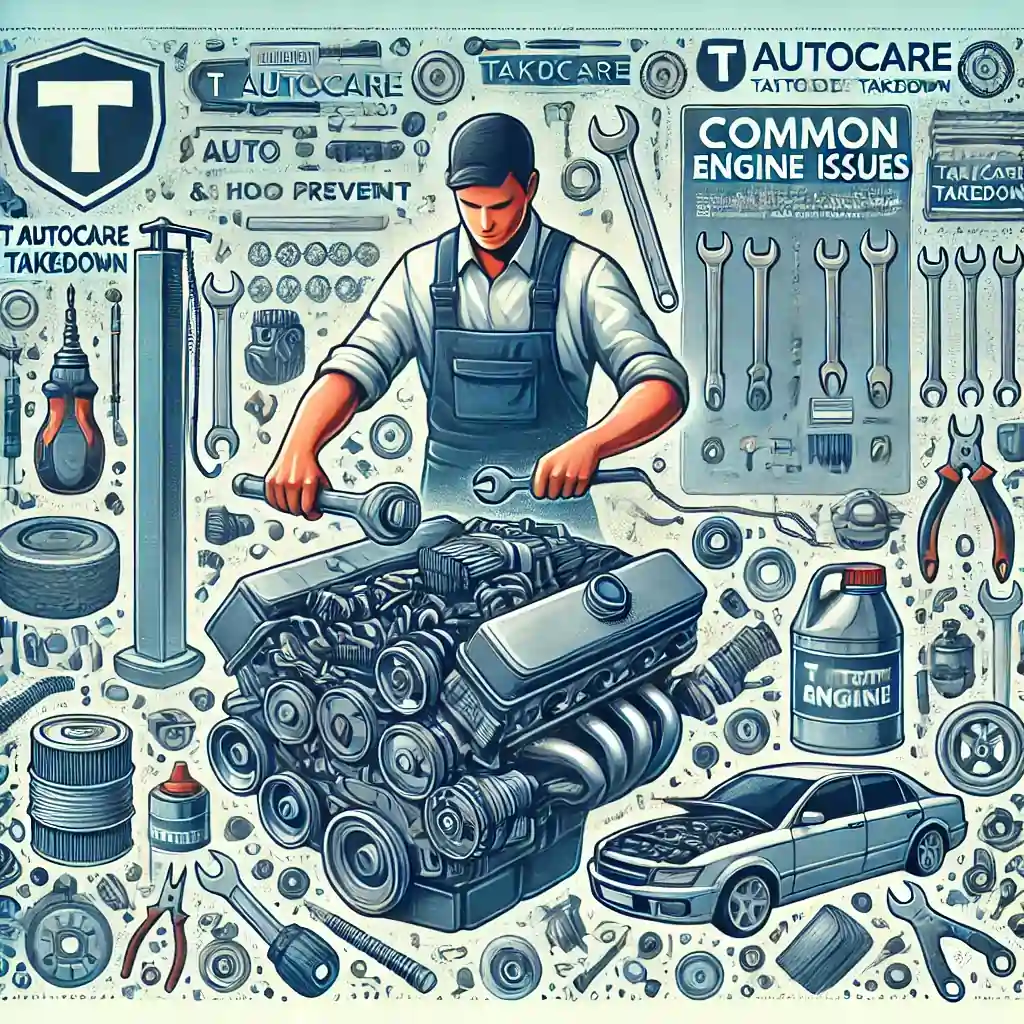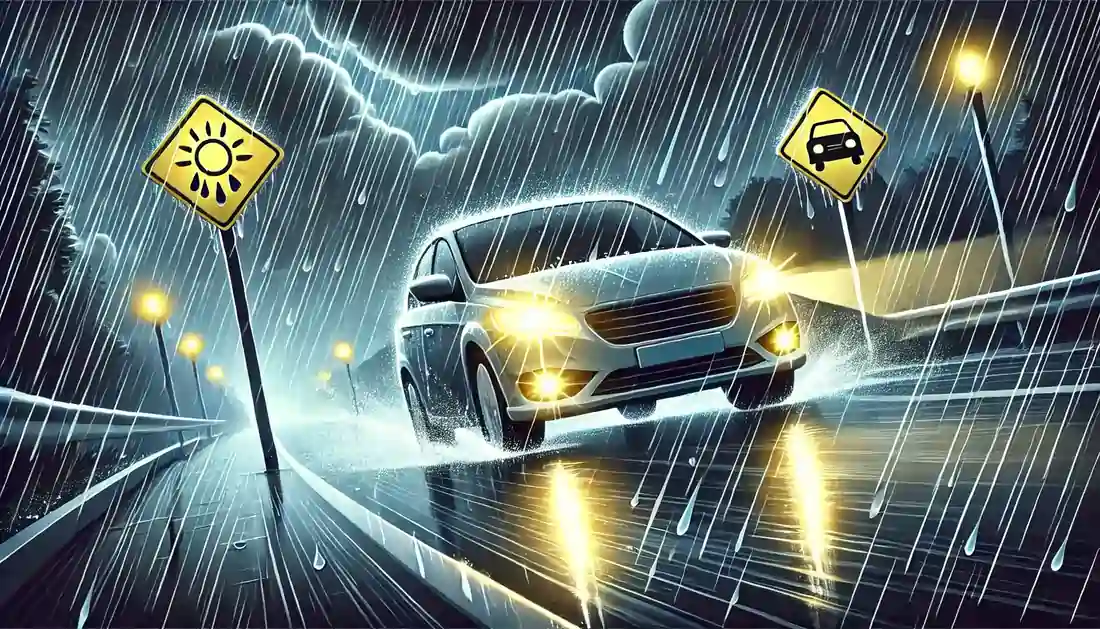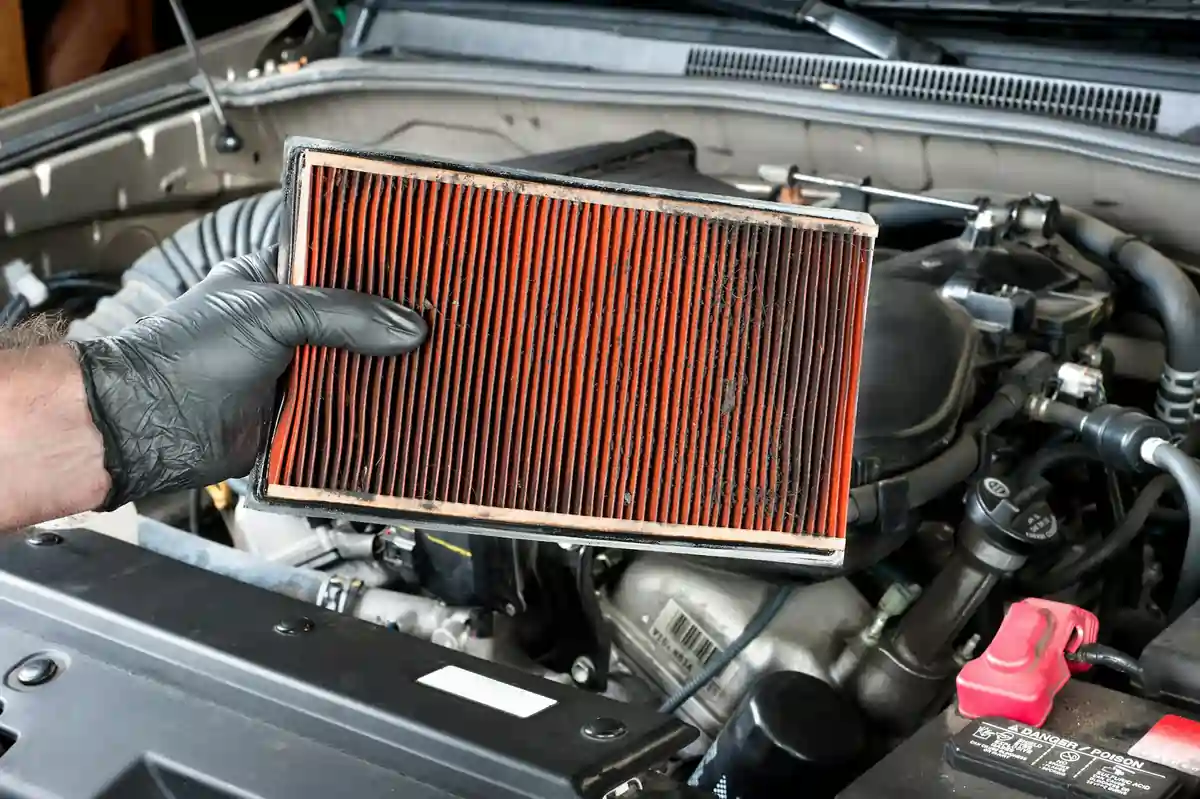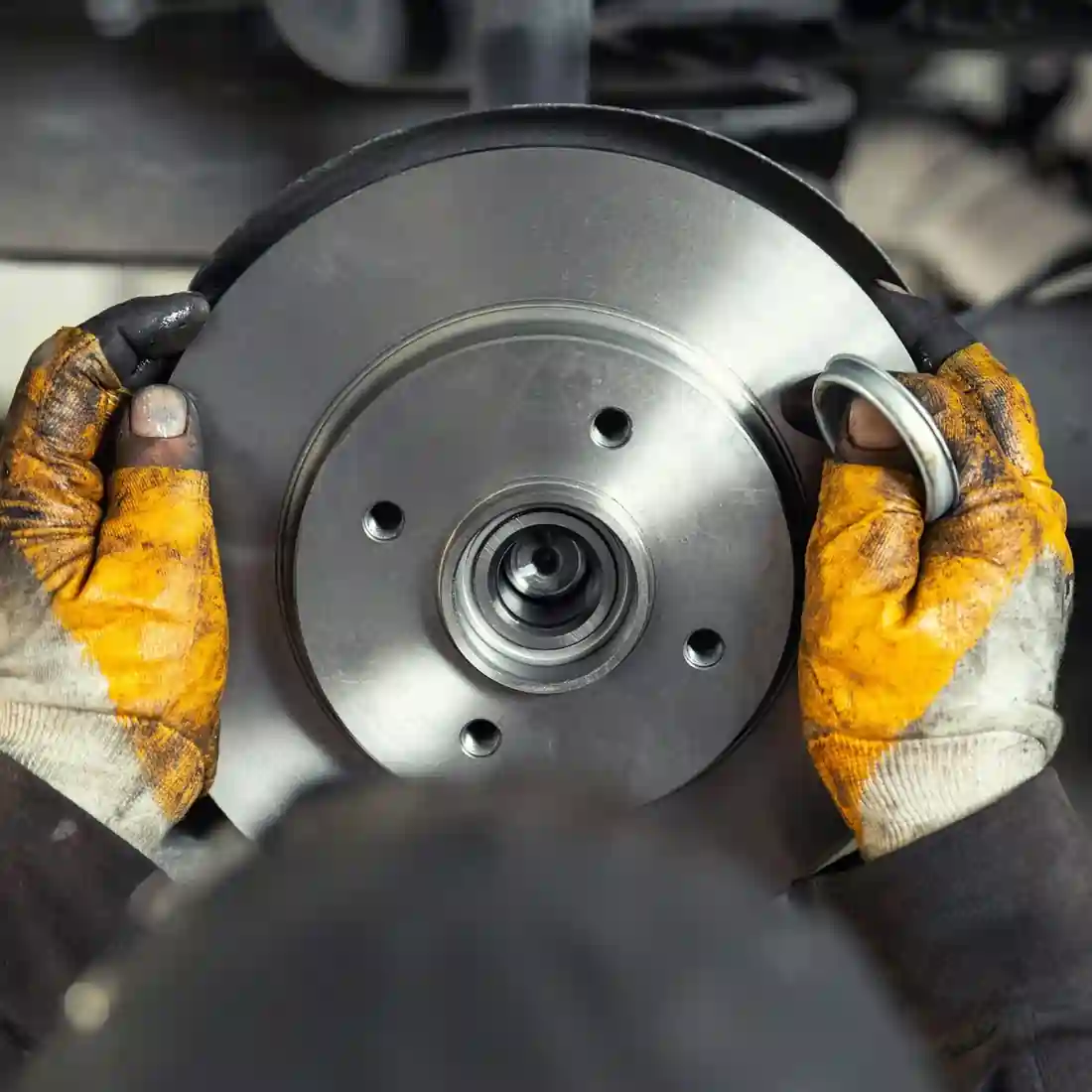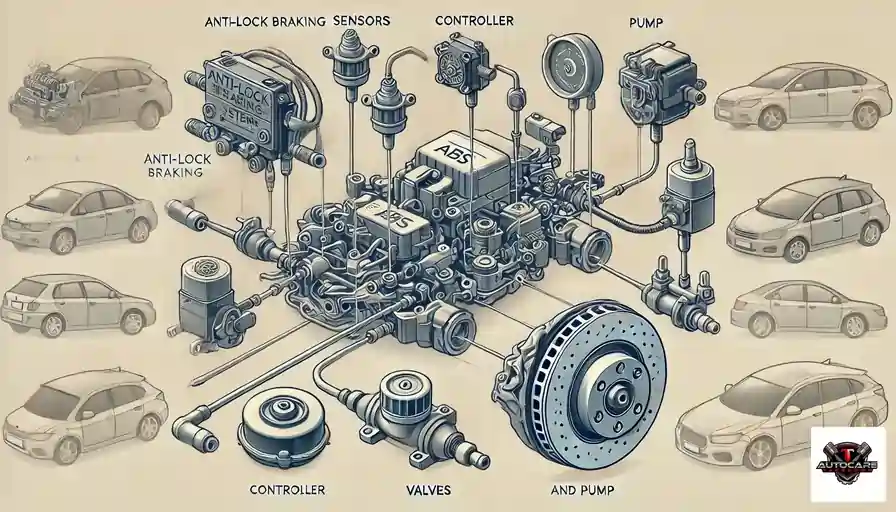Driving with a check engine light on can be a cause for concern, but understanding the implications and taking appropriate actions can prevent potential damage to your vehicle.
At T Autocare Takedown, we prioritize your vehicle’s health and safety. Here’s a comprehensive guide on what to do when your check engine light comes on.
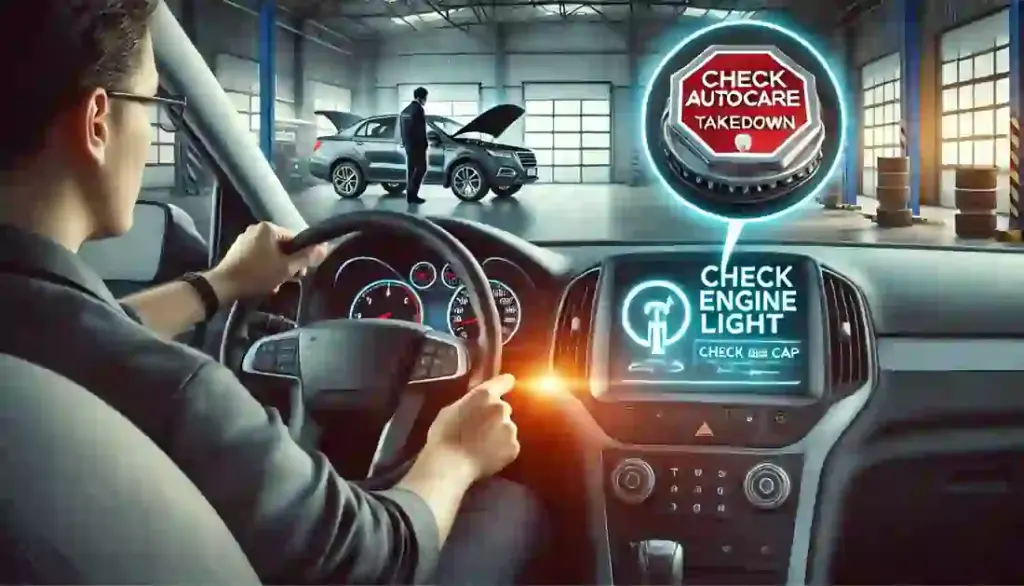
The check engine light is part of your vehicle’s onboard diagnostics system and can indicate a range of issues, from minor problems to serious engine faults.
Understanding the reasons behind the light and knowing when to seek professional help is crucial for maintaining your vehicle’s health and safety.
Understanding the Check Engine Light
When your check engine light comes on, it can be alarming. However, not all issues are equally severe. Understanding the common triggers can help you determine the urgency of the situation.
How to Diagnose a Check Engine Light
If your check engine light comes on, it’s important to know what to do next. Sometimes it can be hard to figure out why it’s on, but there are ways to check. If you want to learn more, check out our guide on how to diagnose a check engine light. It explains what steps you can take to find the problem and what might be causing the light to come on.
Is It Safe to Drive with the Check Engine Light On?
Wondering if it’s safe to keep driving when your check engine light is on? This can be a tricky situation, and it depends on the problem your car is having. For more information on when it’s okay to drive and when it’s best to stop, check out Check Engine Light – Drive or Stop?. It explains what to look for and helps you decide the next steps to keep your car safe.
What Triggers the Check Engine Light?
The check engine light can be triggered by various issues, including:
Loose or damaged gas cap: This is one of the most common and easily fixable triggers for the check engine light.
Faulty oxygen sensor: A malfunctioning engine sensor can affect your engine’s performance and fuel efficiency.
Malfunctioning catalytic converter: Essential for controlling emissions, issues here need prompt attention.
Problems with the mass airflow sensor: This sensor measures the amount of air entering the engine and is crucial for optimal performance.
Problems with spark plugs or ignition coils:
Spark plugs and ignition coils help start your engine and keep it running smoothly. When spark plugs get old or ignition coils stop working, your engine might misfire, run rough, or use more fuel than normal. These issues can also cause the check engine light to turn on, which means the car’s computer has found a problem. To avoid these problems and keep your engine in good shape, it’s important to check and replace your spark plugs regularly. Find out more about why this is important in our post on the benefits of regular spark plug replacement.
Fuel injector problems:
Fuel injectors are responsible for delivering the right amount of fuel to your engine. When they get clogged, dirty, or start to fail, the engine may not run properly. This can cause poor performance, reduced fuel efficiency, and even make the check engine light come on. If the fuel injectors aren’t working as they should, the car’s computer detects the issue and triggers the warning. To learn more about the signs of failing fuel injectors and how to spot them, check out our guide on how to tell if your fuel injectors are bad.
Alternator issues:
The alternator is a key part of your car’s electrical system, as it charges the battery and powers various electrical components while the engine is running. When the alternator starts to fail, your car may experience electrical problems, such as dimming headlights, trouble starting, or even stalling. A bad alternator can definitely cause the check engine light to come on because the car’s computer detects that something is wrong with the electrical system. If you’re experiencing these signs, it’s important to get your alternator checked as soon as possible. For more information on alternator and starter services, visit our page on alternator and starter repair.
Electrical system problems:
Electrical issues in your vehicle can be a major cause of the check engine light coming on. When there’s a problem with your car’s electrical components, such as faulty wiring, blown fuses, or short circuits, the vehicle’s computer can detect these issues and trigger the check engine light. Problems like short circuits or malfunctioning fuses can disrupt various systems in your car, from the lights to essential engine components. If you’re dealing with electrical issues, it’s important to have these problems diagnosed and repaired quickly to avoid further damage. Learn more about our fuse box repair services and short circuit detection to keep your car’s electrical system running smoothly.
Coolant system problems:
Knowing how to maintain your cooling system is important because it keeps your engine from getting too hot. If something goes wrong, like low coolant levels or a broken thermostat, the engine can overheat, which can cause the check engine light to come on. A faulty coolant temperature sensor can also make the check engine light turn on because it tells the car’s computer that the engine isn’t staying at the right temperature.
It’s important to keep your coolant system in good shape to avoid engine trouble. Learn about coolant temperature sensor replacement, the role of coolant in your car’s performance, and why a coolant flush and refill is helpful. If you’re having problems, a coolant system pressure test or our vehicle cooling system services can find and fix the issue before it gets worse.
These issues can affect your vehicle’s performance and emissions, so it’s important to address them promptly.
Types of Check Engine Lights
The way your check engine light behaves can give you a clue about the severity of the problem. Here’s what different types of lights indicate.
Solid Light
A solid check engine light indicates a non-urgent issue. It’s safe to continue driving for a short period, but you should schedule a diagnostic check to determine the cause.
Flashing Light
A flashing check engine light signals a severe problem, such as an engine misfire. Continuing to drive with a flashing light can cause significant damage, such as overheating the catalytic converter. In this case, you should pull over and seek immediate assistance.
Immediate Steps to Take
When your check engine light comes on, there are a few initial steps you can take to potentially identify and resolve the issue.
Check for Simple Issues Before Visiting a Mechanic
When the check engine light comes on, it doesn’t always mean something serious is wrong with your car. Sometimes, it’s caused by a small issue that you can fix yourself.
Check the Gas Cap
When the check engine light comes on, one of the easiest things to check is the gas cap. A loose or broken gas cap can mess with the fuel system and cause the light to turn on. Make sure the gas cap is tightly screwed on and not damaged. If you see any cracks or if it won’t close properly, replacing it could fix the issue quickly. Sometimes, this simple step is all you need to turn off the light.
Inspect the Car Battery
A common cause for the check engine light illuminating is issues with the car battery. To ensure your battery is in good condition:
- Check the Terminals: Ensure the battery terminals are clean and free from corrosion. Corroded terminals can impede electrical connections and may trigger the check engine light.
- Secure Connections: Verify that all battery connections are tight and secure. Loose connections can cause intermittent power issues, leading to warning lights.
For more detailed guidance on maintaining your car battery, refer to our article on How to Keep Your Battery in Top Condition.
If your battery is old or showing signs of wear, it might be time for a replacement. An aging battery can lead to various issues, including the activation of the check engine light. To learn more about when and how to replace your car battery, consult our guide on When to Replace Your Car Battery.
By regularly inspecting and maintaining your car battery, you can prevent potential issues that may cause the check engine light to come on.
Listen and Observe
Pay attention to any unusual sounds, smells, or performance changes in your vehicle. These can provide clues about the severity of the issue.
When to Visit an Auto Repair Shop
Knowing when to visit an auto repair shop can save you from more serious and costly repairs down the line. Here’s a guide on when you should seek professional help.
Minor Issues
For minor issues indicated by a solid check engine light, you can schedule a visit to your auto repair shop within a few days. However, don’t delay too long, as unresolved issues can escalate.
Severe Issues
If the check engine light is flashing, pull over safely and contact your mechanic immediately. Driving with a flashing light can lead to costly repairs and unsafe driving conditions.
Choosing the Right Expert for the Job
Who should fix the problem?
When your check engine light comes on, it’s important to know whether you need a mechanic or a technician.
If the issue is mechanical, such as with the engine or transmission, a mechanic will likely handle the repair. However, if the light is triggered by an electrical problem or a computer system error, a technician with diagnostic training might be needed. Learn more about the differences between mechanics and technicians to understand which expert is best suited for your repair.
What to Do When the Check Engine Light Comes On:
Be Prepared
When the check engine light comes on, there’s always a chance you might end up stranded or unable to drive safely, depending on the severity of the issue. That’s why it’s important to be prepared and take preventative steps to avoid bigger problems.
Be Ready with an Emergency Kit
If the check engine light signals a more serious problem, you may need to pull over and wait for help. Having an emergency kit in your car can make a big difference in these situations. Your kit should include items like a flashlight, jumper cables, basic tools, and emergency supplies like water and blankets. Being prepared means you’ll be able to handle small issues or wait safely for roadside assistance. Learn more about the essential items for your car’s emergency kit to ensure you’re ready if the unexpected happens.
Know How to Jump-Start Your Car
In some cases, a check engine light might appear because of a failing battery or electrical issue, and you may find yourself needing to jump-start the car. Knowing how to safely jump-start your vehicle can get you back on the road quickly, or at least get you home or to a repair shop. Check out our guide on how to jump-start your car to make sure you’re prepared if your battery gives out.
Regular Fluid Checks Can Prevent Problems
One of the simplest ways to prevent the check engine light from coming on is by regularly checking and maintaining your car’s fluids. Low levels of essential fluids like engine oil, coolant, or transmission fluid can cause engine damage, overheating, or poor performance, all of which can trigger the check engine light. By keeping up with routine fluid checks, you can avoid many common issues that lead to costly repairs and frustrating breakdowns. Find out more about the benefits of regular fluid checks and how they can help keep your car running smoothly.
Common Misconceptions
There are many misconceptions about the check engine light. Clearing these up can help you make informed decisions about your vehicle’s health.
Myth: You Can Ignore the Light
Ignoring the check engine light can lead to more severe problems and higher repair costs. Always take the light seriously and address the underlying issue.
Myth: Only Dealerships Can Fix It
Many independent auto repair shops, like T Autocare Takedown, are equipped with the necessary tools and expertise to diagnose and repair issues indicated by the check engine light.
Preventive Measures
Taking preventive measures can help avoid the check engine light coming on in the first place. Regular maintenance and prompt repairs are key.
Regular Maintenance
Routine car maintenance can help prevent issues that trigger the check engine light. Regularly servicing your vehicle ensures that components like oxygen sensors, spark plugs, and the catalytic converter are in good working condition.
Read More: Is Your Car Maintenance on Track? Find Out Now!
Prompt Repairs
Address any issues as soon as they arise to avoid more significant problems down the line. Regular check-ups can catch minor issues before they escalate.
Additional Tips to
Keep Your Check Engine Light Off
and Save Money
While the check engine light can come on for various reasons, there are plenty of preventative measures you can take to avoid it. Maintaining your vehicle properly and understanding key aspects of car care can help keep that warning light from appearing and save you money on repairs. Below are some additional helpful resources to guide you.
1. Stay on Top of Your Car Maintenance Budget
One of the best ways to avoid a surprise check engine light is by keeping up with regular car maintenance. Having a well-planned car maintenance budget can ensure you don’t skip important services that keep your car in top shape, helping you prevent costly issues down the road. Check out our guide on how to budget for car maintenance and save money for tips on managing expenses while maintaining your vehicle.
2. Recognize the Signs of When Your Car Needs a Tune-Up
A tune-up is a vital part of keeping your engine running smoothly. Ignoring the need for one could lead to issues like engine misfires, which can trigger the check engine light. By staying alert to the top signs your car needs a tune-up, you can catch small problems before they become major repairs and help avoid that dreaded warning light.
3. The Importance of Regular Emission Testing
Emission problems are a common cause of the check engine light. If your car isn’t passing emissions tests, it could indicate that the exhaust system, oxygen sensors, or catalytic converter isn’t working properly. Regular emission testing helps catch these problems early, ensuring your vehicle is running efficiently and reducing the risk of costly repairs down the line.
4. Understanding Oil Leaks and How They Affect Your Engine
Oil leaks can lead to serious engine problems, which may result in the check engine light turning on. Catching leaks early can prevent engine damage and save you from bigger issues later. Learn more about the importance of addressing oil leaks before they become a significant problem.
5. Keep an Eye on Your Tire Pressure
While tire pressure won’t directly trigger the check engine light, maintaining proper tire pressure helps with overall vehicle health. Low tire pressure can cause strain on the engine, leading to decreased fuel efficiency and potential mechanical issues over time. It’s a simple but effective way to care for your car. Read our comprehensive guide on how to check your car’s tire pressure for easy steps to keep your tires in check.
6. The Future of Autonomous Vehicles and Check Engine Lights
As technology evolves, so will the way we deal with vehicle diagnostics. Autonomous vehicles will have advanced systems that might reduce human error and improve maintenance scheduling, potentially making the check engine light less common. Learn more about the future of autonomous vehicles and how it could change the way we approach car maintenance.
7. The Role of Engine Sensors in Preventing Check Engine Light Issues
Your car relies on a network of engine sensors to monitor performance, and when these sensors detect a problem, they trigger the check engine light. Understanding the role of engine sensors can help you spot potential issues before they escalate, saving you time and money on repairs.
8. Hybrid and Electric Vehicle Maintenance
If you drive a hybrid or electric vehicle, understanding its specific maintenance needs is essential for keeping the check engine light off. These vehicles have unique components that require specialized care. Learn more about hybrid and electric vehicle maintenance to ensure you’re taking the right steps to keep your car running efficiently.
Conclusion: Don’t Ignore Check Engine Lights
While it may be tempting to ignore the check engine light, doing so can lead to severe engine damage and costly repairs. Understanding what triggers the light and taking appropriate action is crucial for your vehicle’s longevity and performance. At T Autocare Takedown, we are here to help you diagnose and fix any issues your vehicle may encounter.
Contact Us:
- Address: 1501 W Detroit St, Broken Arrow, OK 74012
- Phone: (539) 367-3738
Trust T Autocare Takedown for all your auto repair Broken Arrow and maintenance needs. Our experienced mechanics are ready to ensure your vehicle remains in top condition.

